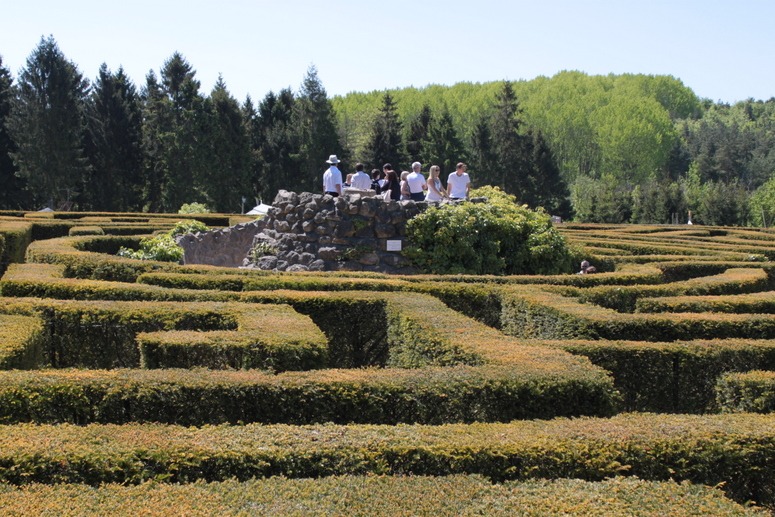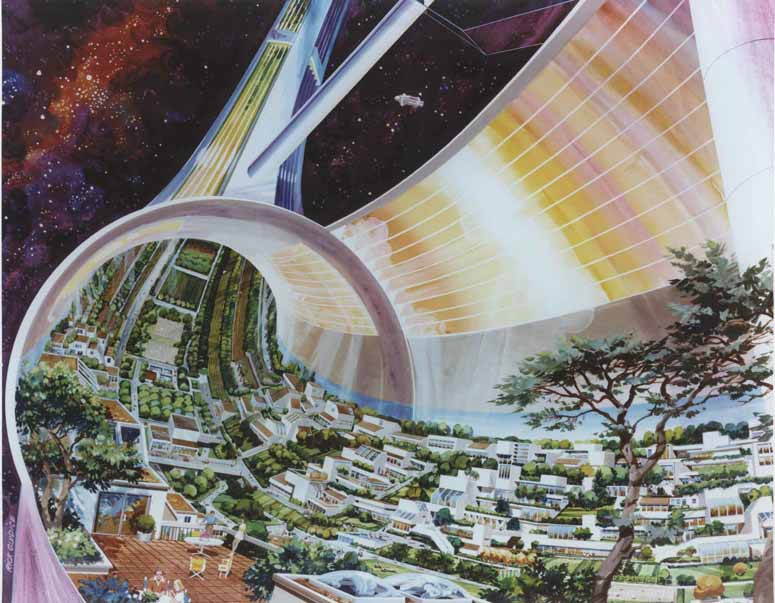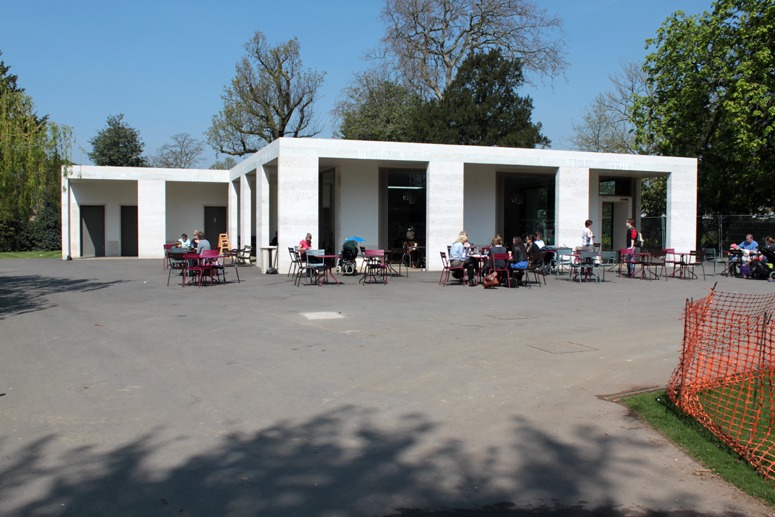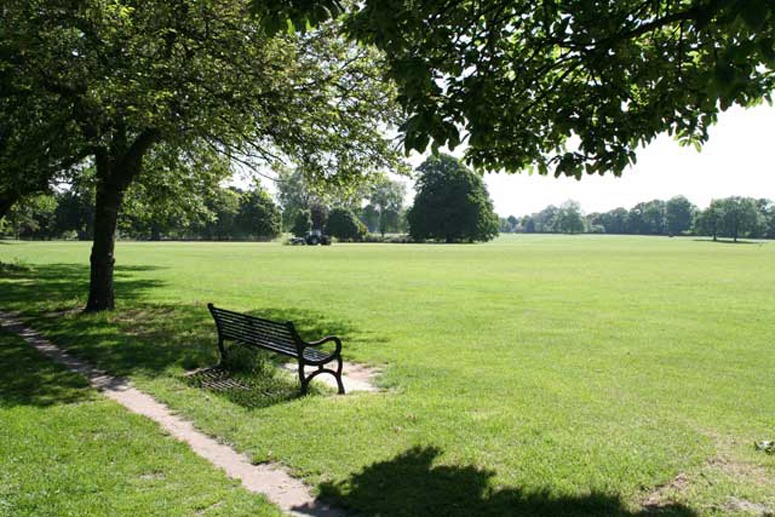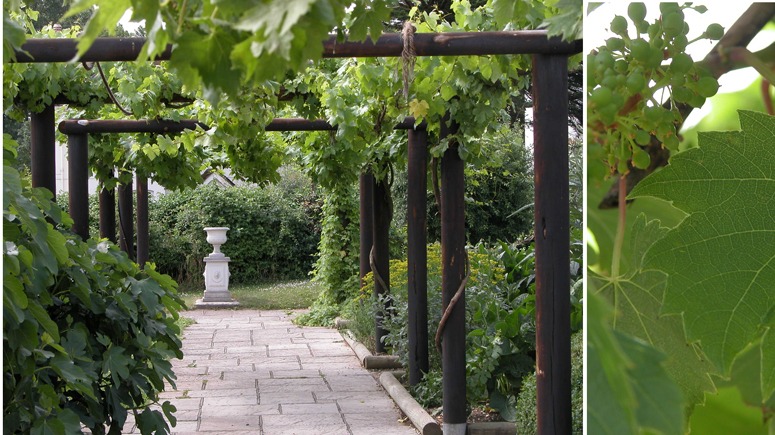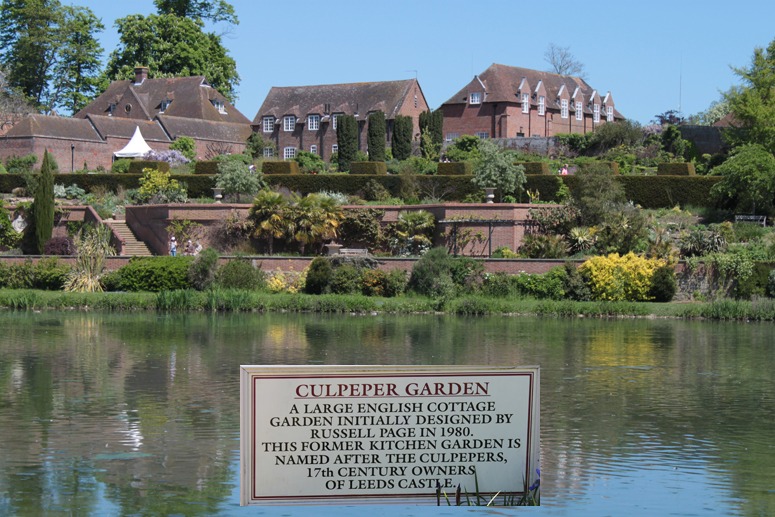 No. It does not.
No. It does not.
Leeds Castle gets enormous and well-deserved publicity as ‘the lovliest castle in England’ and is crowded with visitors paying £17.50 each in 2010. My guide book says the garden is Grade II listed. If correct, this is ridiculous. The designed landscape around the castle should be Grade I+++ listed. The riverside garden and the Culpepper Garden (supposedly designed by Russell Page) are mediocre. But why? With such a host of visitors the Leeds Castle Foundation must have a sufficiency of funds. I would not criticise the design if it were a public park in run-down town in a depressed part of the English Midlands. But for the surroundings of the very finest example of a designed medieval landscape in England – I recommend the appointment of a skilled designer-manager.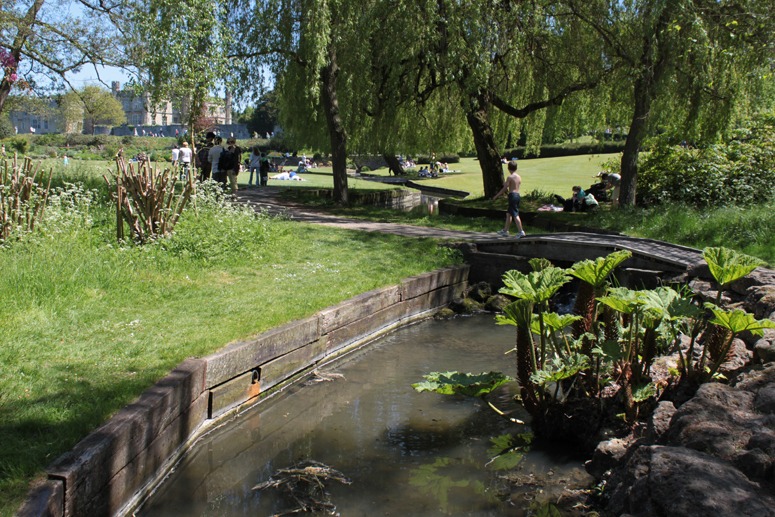 England has few better places in which to dream of gallant kings, beautiful maidens and the age of chivalry. At the time of their marriage, in 1524, Edward was 15. Eleanor was 10 years old, Spanish and beautiful. It was an exceedingly happy marriage, arranged by their parents. They had 16 children. Edward was a great military leader and in 1271 he and Eleanor were in Acre, crusading. Her child miscarried and they returned home via Rome, where they met the Pope, and via Paris. We would frown on the early marriage and the anti-Muslim crusade. One can rarely judge an earlier age by the standards of a later age – but we need have no reservations in criticising the current design of Leeds Castle Gardens. It’s pathetic. And why did they litter the streambank with old railway sleepers?
England has few better places in which to dream of gallant kings, beautiful maidens and the age of chivalry. At the time of their marriage, in 1524, Edward was 15. Eleanor was 10 years old, Spanish and beautiful. It was an exceedingly happy marriage, arranged by their parents. They had 16 children. Edward was a great military leader and in 1271 he and Eleanor were in Acre, crusading. Her child miscarried and they returned home via Rome, where they met the Pope, and via Paris. We would frown on the early marriage and the anti-Muslim crusade. One can rarely judge an earlier age by the standards of a later age – but we need have no reservations in criticising the current design of Leeds Castle Gardens. It’s pathetic. And why did they litter the streambank with old railway sleepers?
The maze at Leeds Castle is of a different quality: it is well conceived, well made, well positioned and popular. Unicursal (one-path) labyrinths were popular religious symbols in the middle ages and symbolized the spiritual path a pilgrim might take. Multicursal (many-path) mazes were popular renaissance games. They were fun to experience and symbolic of the difficulties of finding and winning the game of love: a fair maid might be placed at the centre of a maze. The Leeds Castle Maze is enjoyed in precisely this way and does not conflict with the medieval castle landscape.

